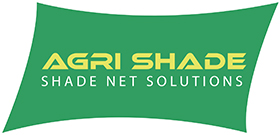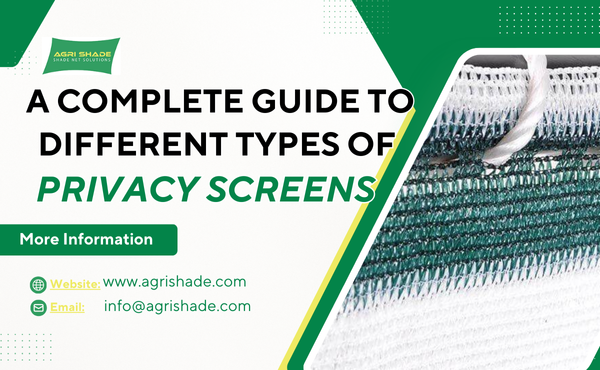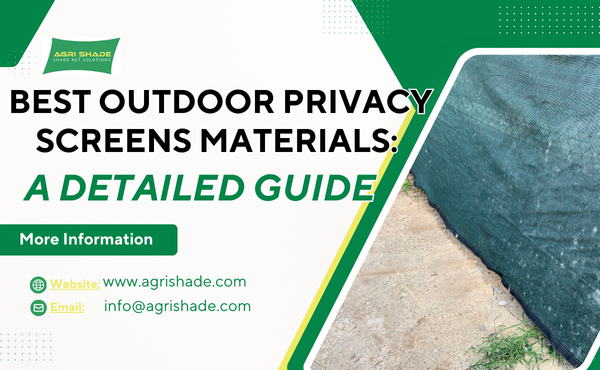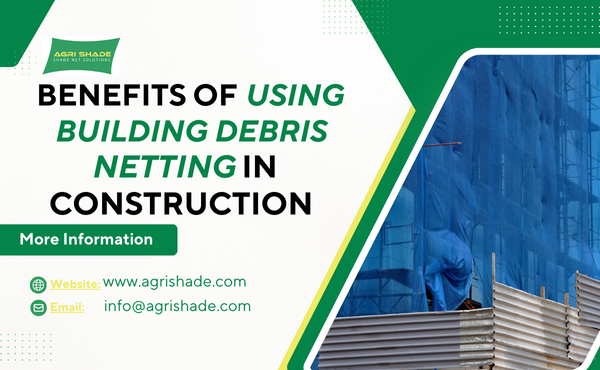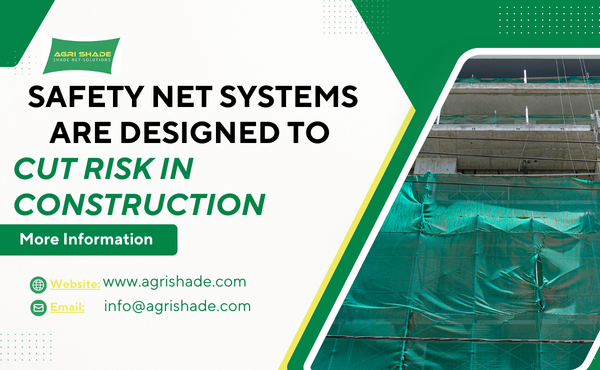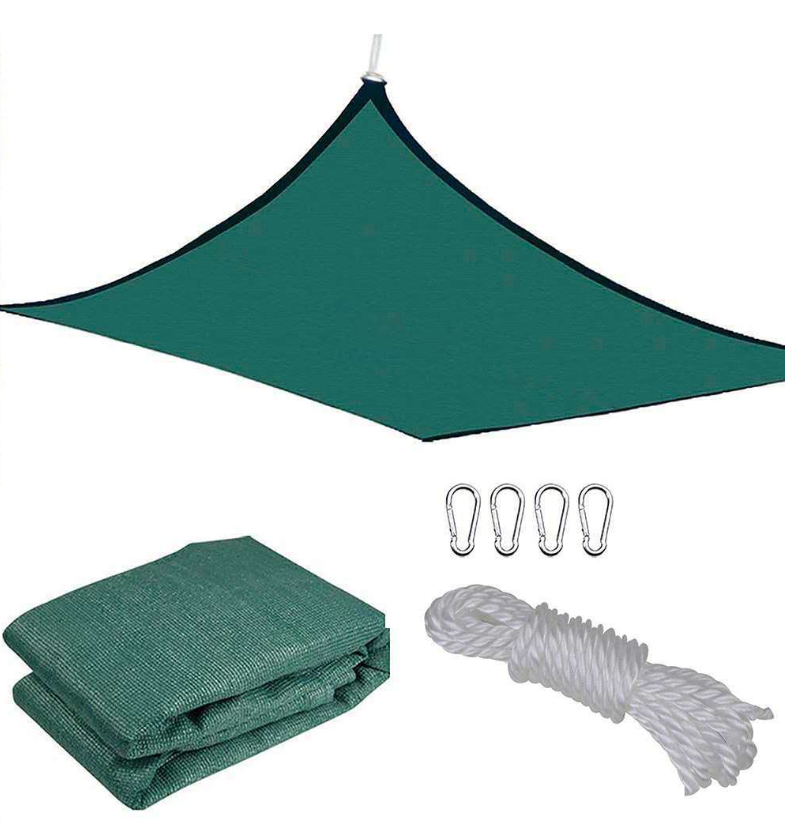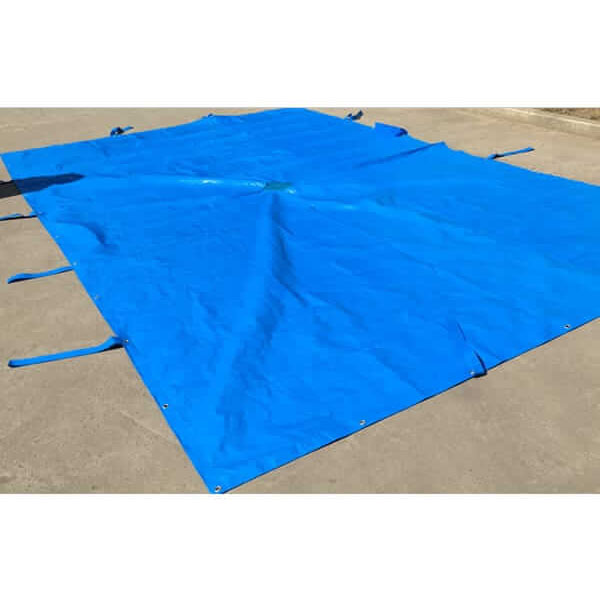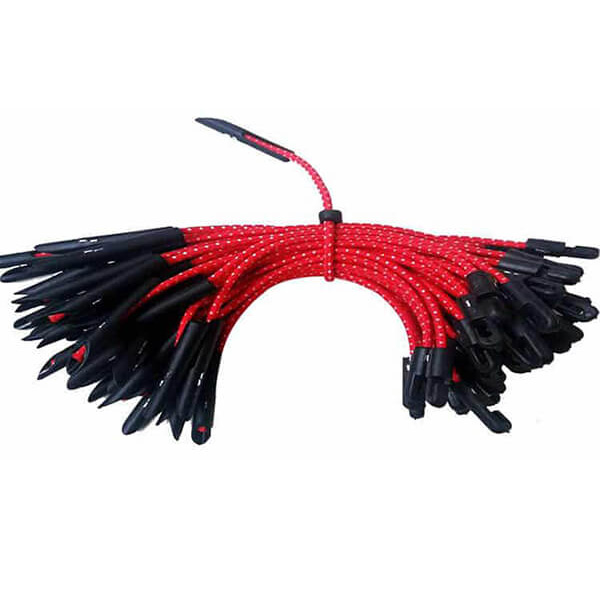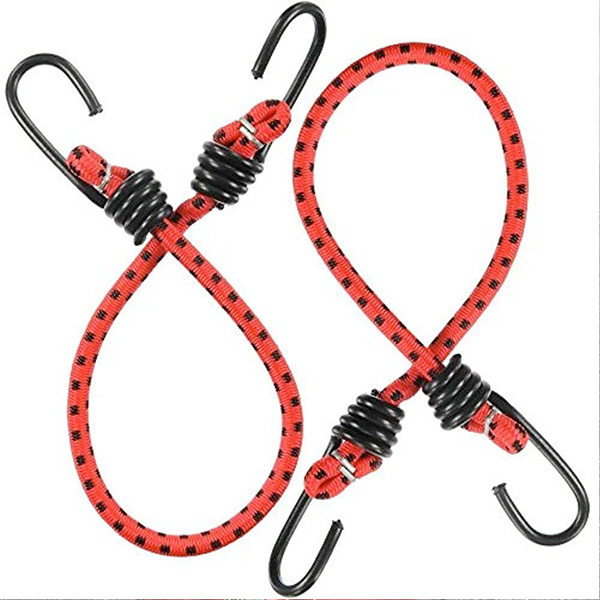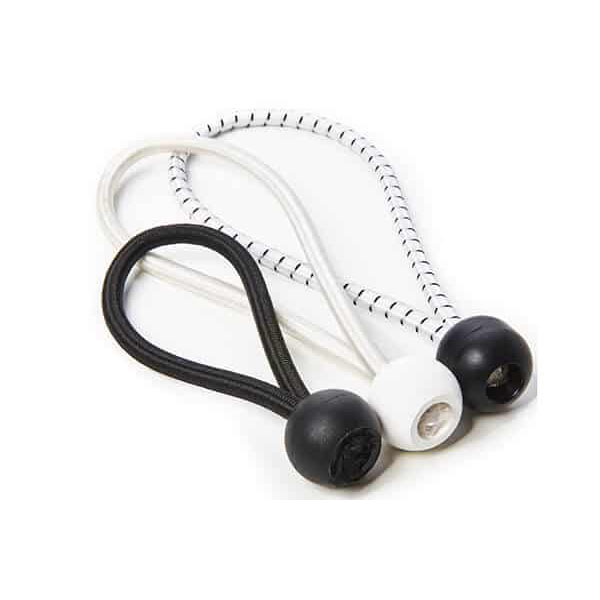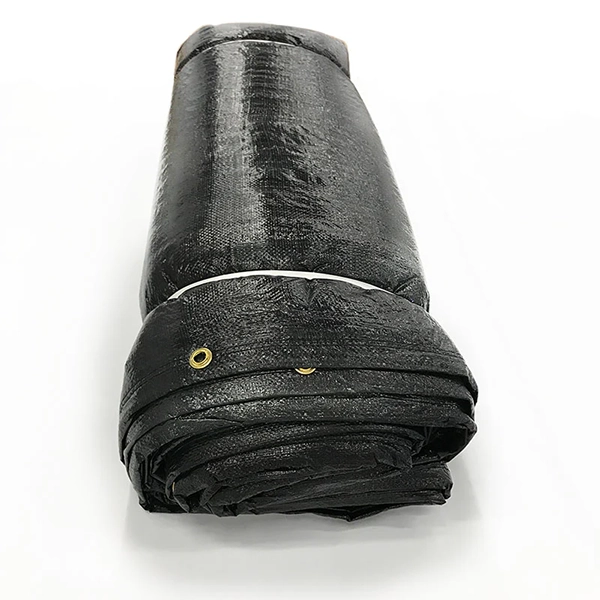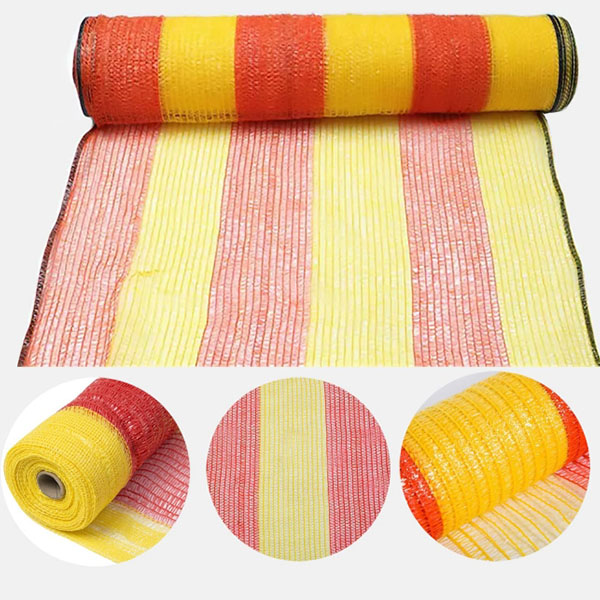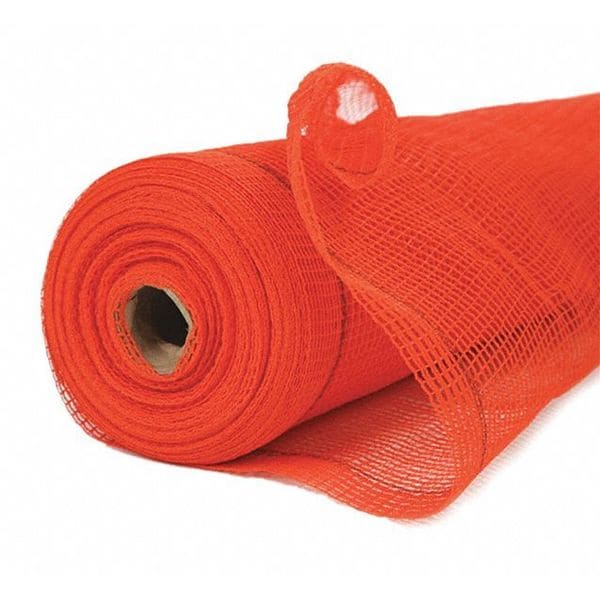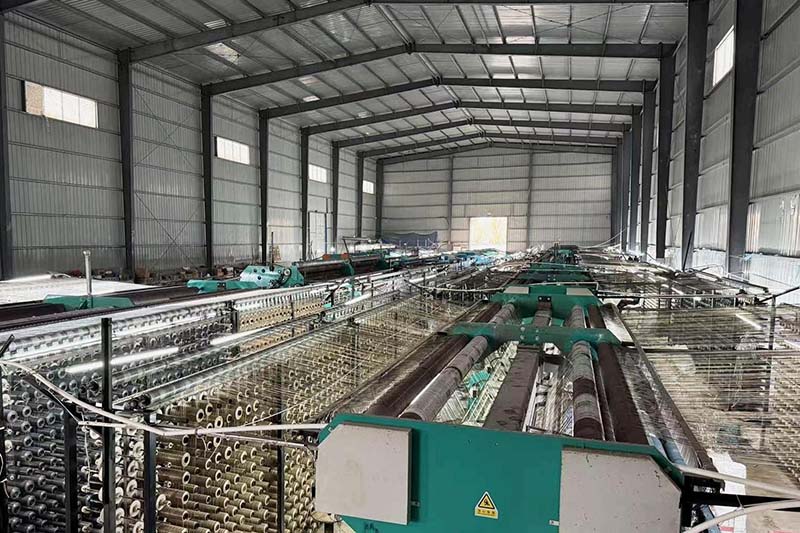Sun shade netting is widely used in agriculture, gardening, and outdoor spaces to block sunlight and reduce heat. However, not all shade nets last the same. Some wear out quickly under sun, rain, or wind, while others hold up for years. What makes the difference? This article looks at the key factors that affect how long shade nets last, including material quality, UV resistance, weather conditions, installation methods, and daily usage habits.
Material Quality in Shade Nets
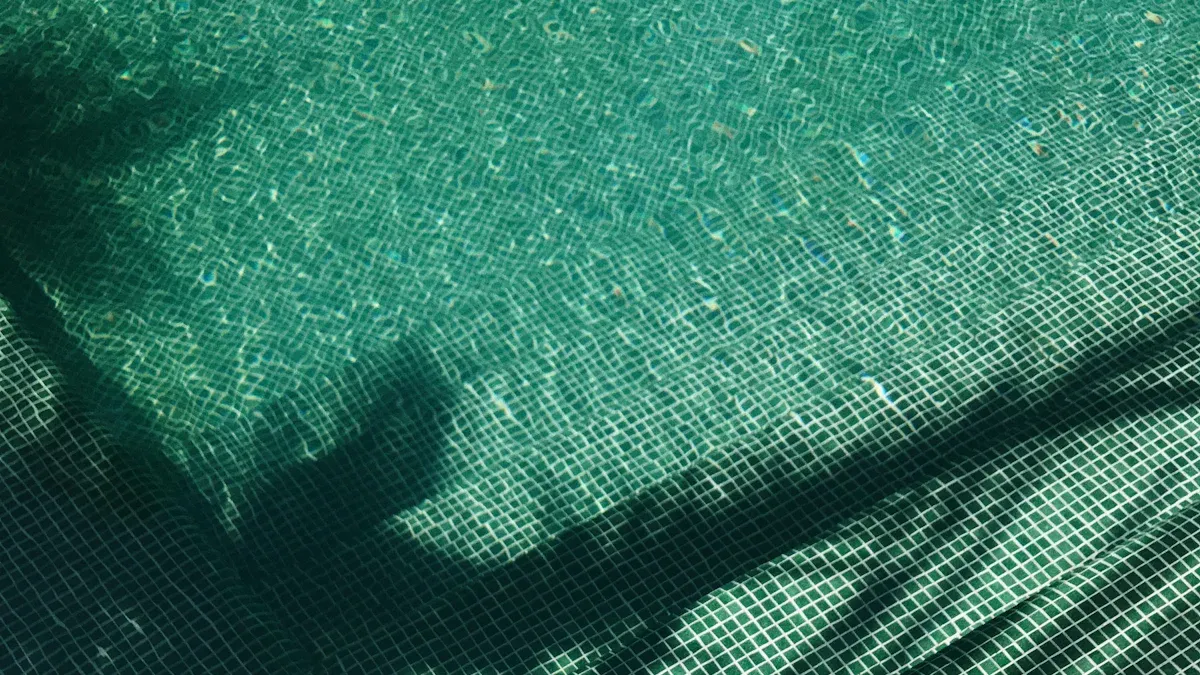
HDPE and Other Materials
When you choose sun shade netting, look at the material quality. HDPE(High Density polyethylene) is usually the best choice for most people. It is strong and does not tear easily. Some other materials cost less, but they do not last as long. You should pick the material that fits your needs.
If you want your net to last, do not use low-grade plastics. These break down faster and get holes or weak spots. Good material helps you avoid buying new nets too soon.
| Material | Features | Environmental Suitability |
|---|---|---|
| Polypropylene | Strong, flexible, water-resistant, long-lasting | Moist environments, outdoor construction |
| HDPE | Excellent UV resistance, handles heat and heavy rain well | Hot climates, rainy weather, agriculture |
| Polyethylene | Durable, lightweight, easy to install, UV protected | General outdoor use, farming |
| Nylon | Lightweight and flexible, weaker in humid conditions | Short-term or indoor applications |
Density and Shading Rate
Density and shading rate also matter for how long your net lasts. Higher density means more threads in each inch. This makes the net stronger and harder to damage. Pick the shading rate that works for your plants or space.
| Density Level | Durability | Best Use Case |
|---|---|---|
| Low | Low | Temporary coverage |
| Medium | Medium | Gardens, patios |
| High | High | Greenhouses, farms |
A net with the right density will not stretch or tear easily. If the shading rate is too low, the net may wear out faster. Always read the label to check density and shading rate before you buy.
UV Resistance and Shade Net Longevity
UV Stabilizers in Shade Net
You want your shade net to last a long time. UV resistance is very important for this. When you buy shade cloth, look for UV stabilizers. These help block bad rays from the sun. They also slow down damage from UV exposure. Shade net with good UV resistance stays strong and keeps its color longer. This means it lasts longer and saves you money.
Shade cloth with strong UV resistance does better in the sun. It will not fade as fast or get weak spots quickly. This means you do not have to replace it early. Your shade cloth will work well for a longer time.
Effects of Sunlight Exposure
Sunlight can change how long your shade cloth lasts. UV exposure can make the material break down over time. You might see cracks, tears, or fading if it does not have enough resistance. More sun means your shade cloth can wear out faster.
If you use shade cloth where the sun is strong, be careful. Pick products with high UV resistance for better protection and longer use. Think about where you put your shade cloth. Try to place it where it gets some shade during the hottest part of the day.
Choosing shade cloth with strong UV resistance gives you better results. You will see your shade cloth lasts longer if you focus on UV protection. UV exposure is a real problem, but you can handle it with smart choices and good care.
Weather Conditions and Lifespan of Shade Netting
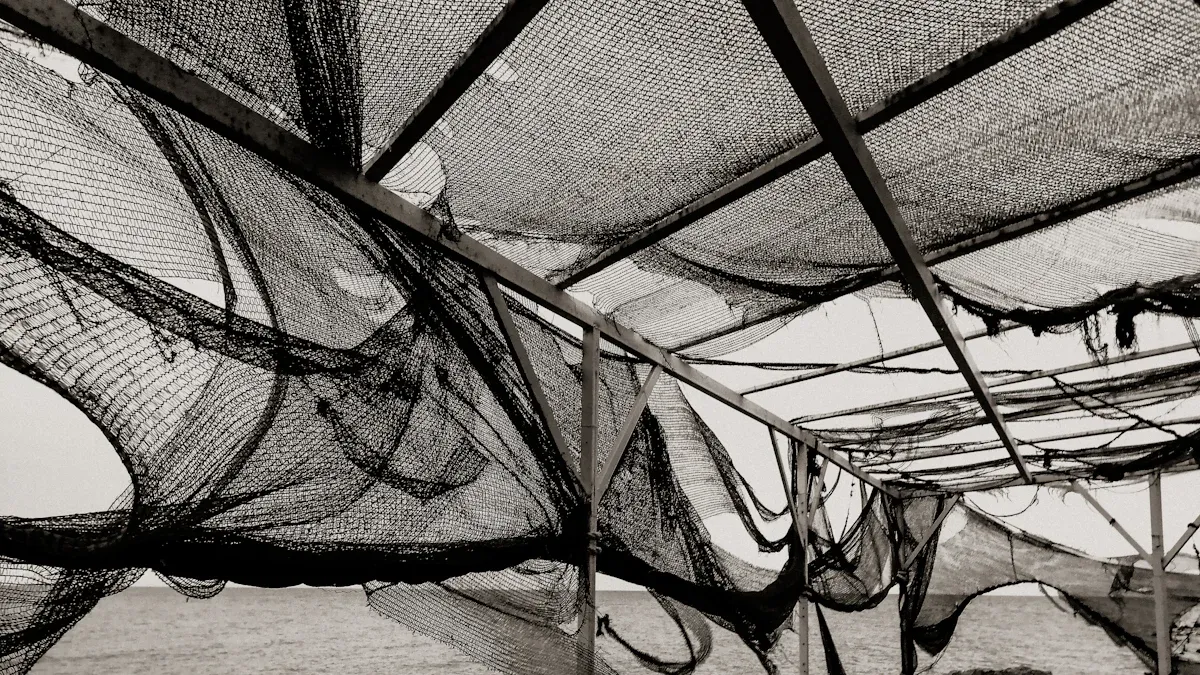
Extreme Temperatures
Weather can change how long sun shade netting lasts. Hot weather can make the netting weak and easy to break. Cold weather can make it crack or get smaller. If you live where it gets very hot or cold, pick netting made for those places. Some nets are built to handle heat or cold better. These nets last longer and save you money.
Wind and Rain Impact
Wind and rain can also hurt sun shade netting. Strong wind can pull and stretch the netting. Heavy rain can make the netting heavy and stressed. This can cause holes or tears in the netting. You should put up the netting tightly and use strong supports. This helps the netting stay safe in bad weather. If you get storms or lots of rain, pick netting made for those problems.
| Weather Condition | Possible Damage | What You Can Do |
|---|---|---|
| Strong Wind | Tears, stretching | Use strong anchors and ties |
| Heavy Rain | Sagging, holes | Check drainage and supports |
| Extreme Heat | Brittleness, fading | Pick nets with heat resistance |
| Freezing Cold | Cracking, shrinking | Use nets for cold climates |
Check your netting after storms to find any damage. Fix small problems before they get bigger. Always think about your local weather before you buy netting.
Shade Net Installation and Maintenance
Proper Installation Methods
You can increase the durability of shade nets by installing them the right way. Use strong posts and tight fasteners to keep the nets secure. Make sure the nets do not sag or flap in the wind. This reduces stress on the material and helps prevent tears.
Check the tension of your shade nets after storms or strong winds. Adjust the nets if you see any loose areas. Good installation practices help you get the most out of your investment.
Regular Cleaning and Repairs
Routine maintenance practices keep your shade nets in top shape. Clean the nets with water to remove dust, leaves, and dirt. This stops buildup that can weaken the material over time.
Inspect your nets every month for holes or worn spots. Fix small tears right away to stop them from getting bigger. Use repair kits or patch material for quick fixes.
| Maintenance Task | How Often | Why It Matters |
|---|---|---|
| Cleaning | Monthly | Keeps nets strong |
| Inspection | Monthly | Finds damage early |
| Repairs | As needed | Stops bigger problems |
You can store shade nets in a dry place when not in use. This protects them from sun and rain, which helps maintain their durability. Simple care steps make a big difference in how long your nets last.
Usage Patterns and Lifespan of Shade Net
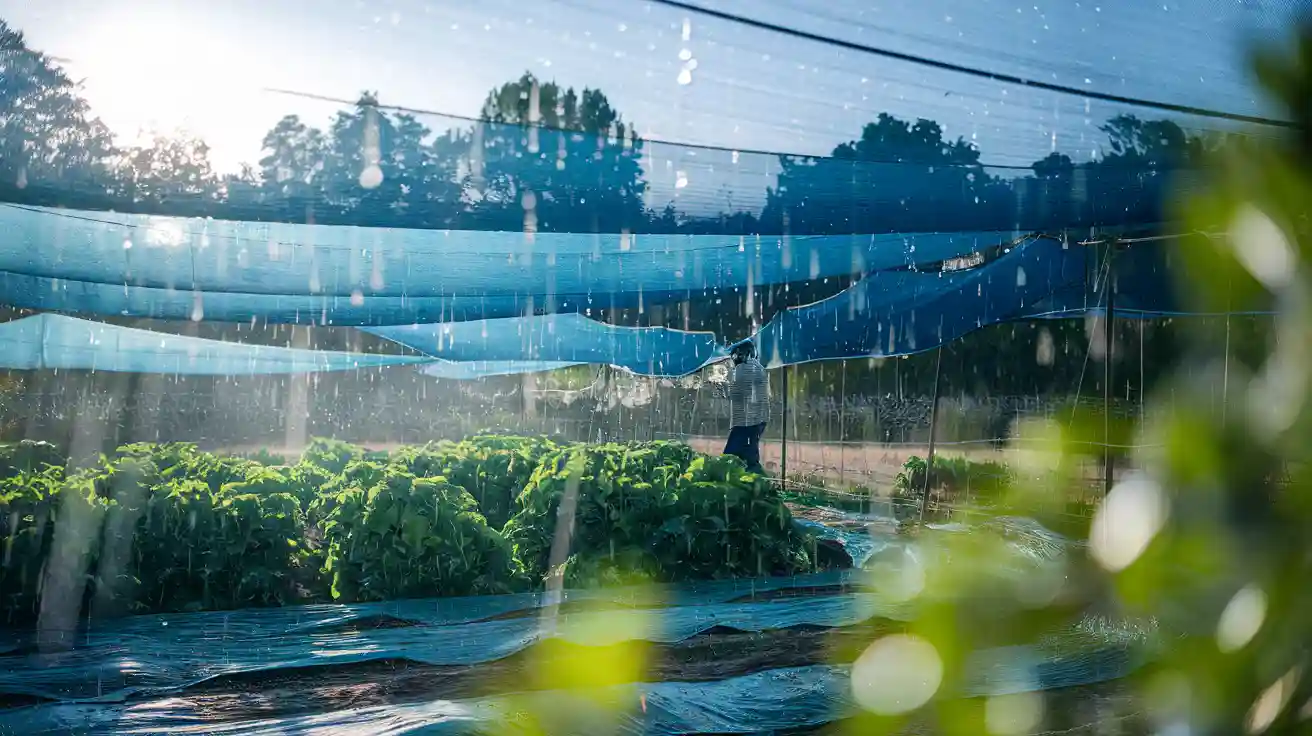
Seasonal vs. Continuous Use
How you use shade nets changes how long it lasts. If you use shade cloth only in certain seasons, you give it time to rest. This break helps the lifespan of shade cloth. When you use shade cloth all year, it faces more sun, wind, and rain. These things can wear out shade cloth faster.
You should think about how often you need shade cloth. If you use shade cloth for only a few months, you can expect better shade cloth longevity. Continuous use means you need to check shade cloth more often. Look for signs of damage or fading. Shade cloth that stays up all year needs more care. You can rotate shade cloth with sun shade netting to give each one a break.
Handling and Storage
How you handle shade cloth matters. Always move shade cloth gently. Pulling or dragging shade cloth can cause tears. Fold shade cloth neatly when you store it. Keep shade cloth in a dry, cool place. Sunlight and moisture can hurt shade cloth in storage.
You should check shade cloth for dirt before you put it away. Clean shade cloth with water and let it dry. Never store shade cloth when it is wet. Wet shade cloth can grow mold and weaken the fibers. Use a storage bag or box to protect shade cloth from pests.
| Storage Tip | Why It Helps Shade Cloth Longevity |
|---|---|
| Fold, do not crumple | Prevents creases and weak spots |
| Store in cool, dry spot | Stops mold and sun damage |
| Use a cover or bag | Keeps out dust and pests |
You can get more years from your shade cloth with these easy steps. Shade cloth longevity depends on how you use, handle, and store it. Pay attention to these details to protect your investment in shade cloth.
Conclusion
Shade net longevity is closely tied to quality, usage, and maintenance. Nets made from HDPE or other UV-stabilized materials last longer in harsh weather. Proper density selection also affects strength and resistance to tearing. Environmental conditions like wind, rain, and temperature extremes can weaken shade nets over time, but smart installation and regular checks help reduce damage.
Whether you use shade netting seasonally or year-round, careful handling and dry storage extend its service life. To get the most value, always match the net type to your climate and purpose—and never ignore routine upkeep.
